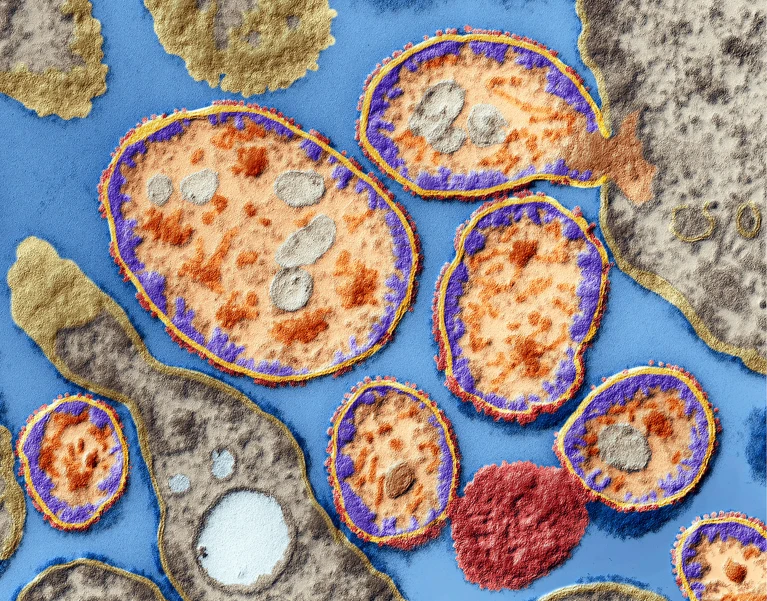
Mumbai experienced its hottest January day in the past seven years as the mercury soared to 35.7 degrees Celsius on Friday, according to data from the India Meteorological Department (IMD). This marks the warmest January temperature since 2017 when the maximum temperatures reached 36 degrees Celsius at the suburban Santacruz observatory.
Scientists attribute this unusual rise to the influx of moist south-easterly winds, indicating that the city is likely to endure elevated temperatures for at least the next 2 – 3 days before experiencing a slight dip.
On Friday, the IMD’s Santacruz observatory recorded a maximum temperature of 35.7 degrees Celsius, nearly four degrees Celsius above normal, while the Colaba observatory registered 34.2 degrees.
Looking back at the past decade, the warmest January day was observed in 2006 when temperatures touched 37.3 degrees Celsius, according to data from the weather bureau.
Sushma Nair, a scientist from IMD Mumbai, explained, “Currently, the city is experiencing moist south-easterly winds. Typically, during winters, there is a northerly component in the air which is dry. Furthermore, there have not been strong western disturbances (snowfall in the north). Due to this, as well as the presence of moist winds, temperatures have been increasing since the past week, and citizens are also experiencing summer-like conditions.”
Meteorologists attribute the warmth of the winter to the current El Nino year, stating that during El Nino years, winters tend to be warmer, while summers become more severe.
Regarding relief from the heat and humidity, Nair mentioned that the city can expect a drop only after January 15. She stated, “For the next 2 – 3 days, the temperature may range between 31 – 32 degrees. But the situation may improve after that. While there won’t be a significant drop, the degree of discomfort that people are currently experiencing will not be there.”
The following day, temperatures continued to hover around 34 degrees on Saturday, leaving citizens to cope with warm, humid weather. The night provided no respite, with the Santacruz station recording a minimum temperature of 22 degrees, five degrees below normal.
Mahesh Palawat from Skymet Weather Services predicted a drop in temperature in the next couple of days. He mentioned, “The anticyclone over Jharkhand and other states were resulting in south-easterly winds. In the next couple of days, the south-easterly will move away, allowing the northerly winds to gush in.” Palawat echoed the IMD scientists, adding that the arrival of northerly winds will bring a drop in temperatures after January 15.
Amidst the soaring temperatures, the overall air quality in Mumbai also deteriorated, with an Air Quality Index (AQI) of 135, falling into the moderate category.















